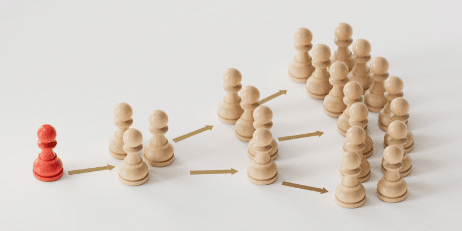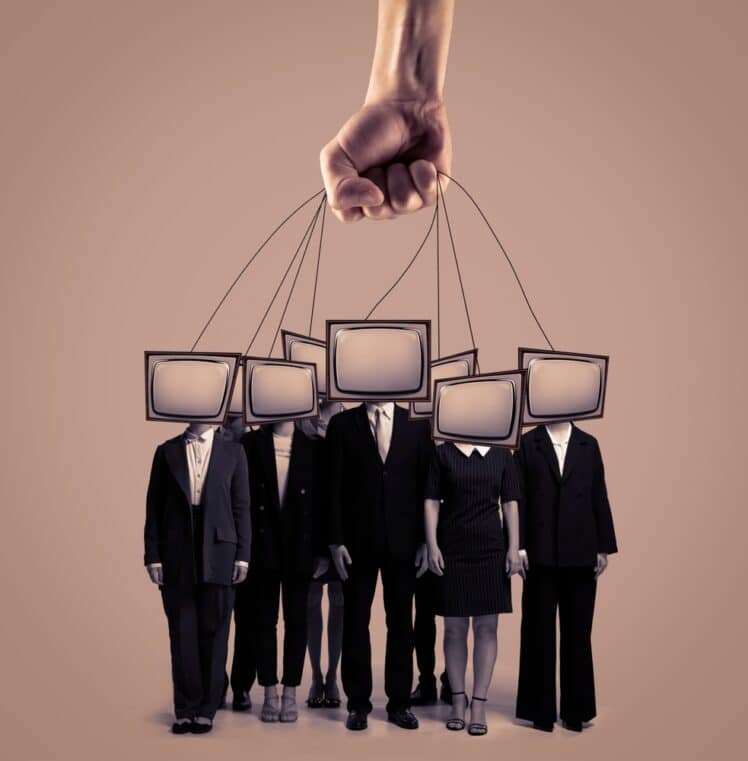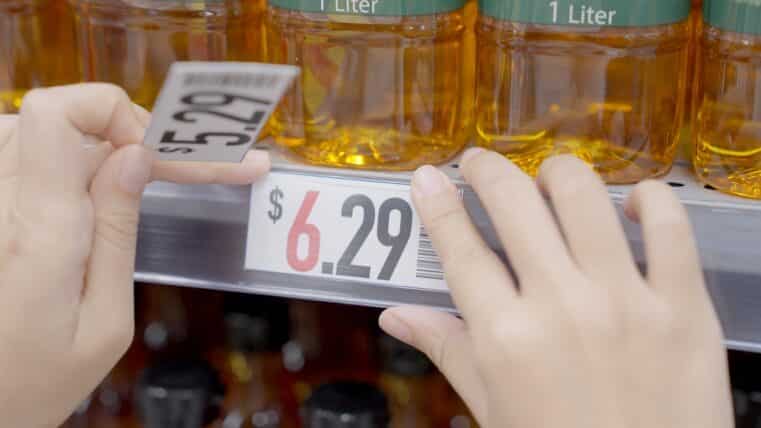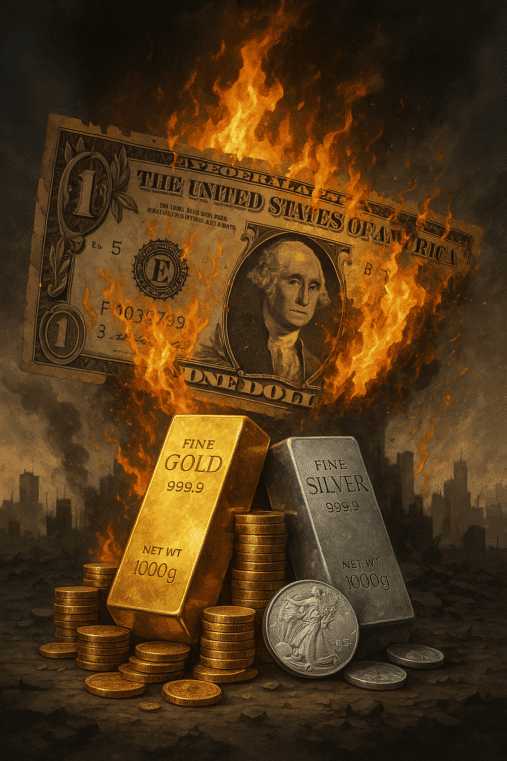
Is the Economy Truly Unstable, or Are We Pawns in a Rigged Game?
The economic debate rages on: Is the market inherently unstable, or are central planners deliberately sabotaging it? The Keynesians, blind worshipers of the "government knows best" doctrine, argue that the free market is chaos incarnate. They insist that only a guiding hand—belonging to the state—can keep the economy from self-destruction. But take a closer look, and you'll find that this guiding hand is more like a fist.
The Keynesian Fairy Tale
Keynesian economics preaches that spending is the lifeblood of the economy. The theory goes like this: every dollar spent becomes someone else's income, creating a virtuous cycle of prosperity. Sounds nice, right? But here's the catch—they ignore the fundamental question: where does the money come from?
Imagine a baker producing ten loaves of bread. He eats two and trades the remaining eight for a pair of shoes. The shoes weren’t conjured out of thin air—they were produced because the baker saved. Real wealth originates from production, not from government printing presses. Without prior savings and production, there’s nothing to spend, no matter how much currency the central bank conjures.
Yet Keynesians pretend money itself is the source of wealth. They don't want you to understand that money is just a tool for exchange. It doesn't create goods—it merely facilitates trade. Their real trick? Convincing you that government spending and easy money can "boost" the economy. Spoiler alert: it can’t.
The Government’s Sleight of Hand
Governments don’t produce wealth. They confiscate it. Every dollar a government spends comes from taxing, borrowing, or inflating—siphoning off the productivity of real wealth creators. Think of it as a giant parasite, weakening the very host it depends on.
As Ludwig von Mises warned, governments can only spend what they take from their citizens. Any government spending crowds out private investment and drains the savings that could have fueled genuine growth. Worse, central banks inflate the money supply, creating the illusion of prosperity while diluting the purchasing power of every dollar in your pocket. The result? The wealth creators are left scrambling to do more with less.
Economic Cleansing vs. Government Propaganda
Keynesians vilify economic downturns as catastrophic events that must be "fixed" with more government intervention. But what they call "fixes" are really just delays, postponing the inevitable reckoning. Recessions, far from being unnatural disasters, are market corrections—necessary realignments where resources flow from wasteful ventures to productive ones.
Even Lenin, the father of Soviet central planning, begrudgingly admitted the power of markets when he temporarily allowed free enterprise in 1921 to stave off collapse. Yet modern Keynesians cling to their delusions, insisting the market can’t function without their meddling.
The Myth of “Stimulus”
Every dollar spent by the government props up inefficient industries and activities that the free market would naturally eliminate. These zombie ventures waste resources, dragging down productive sectors and suffocating growth. True recovery only begins when the market is allowed to operate without interference—when bad investments are liquidated, resources are reallocated, and wealth creators can once again do what they do best.
Loose fiscal and monetary policies don’t save economies—they destroy them. They inflate asset bubbles, fuel malinvestments, and punish savers. The longer this charade continues, the more fragile the system becomes.
The Real Solution? Do Nothing.
That’s right—nothing. Strip the Fed of its printing press. Shut down the bureaucratic beast. Let the market work its magic. The so-called experts will wail, but history shows that every time the market has been allowed to heal itself, it has emerged stronger. What terrifies the establishment is the loss of their grip on power. A truly free market is the enemy of centralized control.
The government and the Fed want you to believe they’re indispensable. But their “solutions”—taxation, debt, inflation—are just tools of control. They don’t save the economy; they enslave it.
Call to Action
It’s time to pull back the curtain on this economic theater of the absurd. You don’t have to accept their lies or suffer under their policies. Start taking control of your financial future today.
👉 Download “Seven Steps to Protect Yourself from Bank Failure” by Bill Brocius and arm yourself with the tools to survive—and thrive—in an unstable economy.
Remember: Your freedom, your savings, and your future depend on questioning the narrative. Don't wait for the system to implode. Act now.











